Every year, on April 22nd, Earth Day reminds us of our collective responsibility to protect our planet. For environmentally conscious travelers, this awareness extends beyond a single day into a lifestyle of sustainable exploration and appreciation for Earth’s natural wonders. The destinations that truly honor the spirit of Earth Day offer more than just stunning landscapes—they provide opportunities to connect with conservation efforts, sustainable practices, and the raw beauty of unspoiled environments.
Here is a list of 20 remarkable destinations that should be on every Earth Day enthusiast’s travel bucket list. Each offers unique ways to celebrate and protect our extraordinary planet.
Great Barrier Reef Marine Park
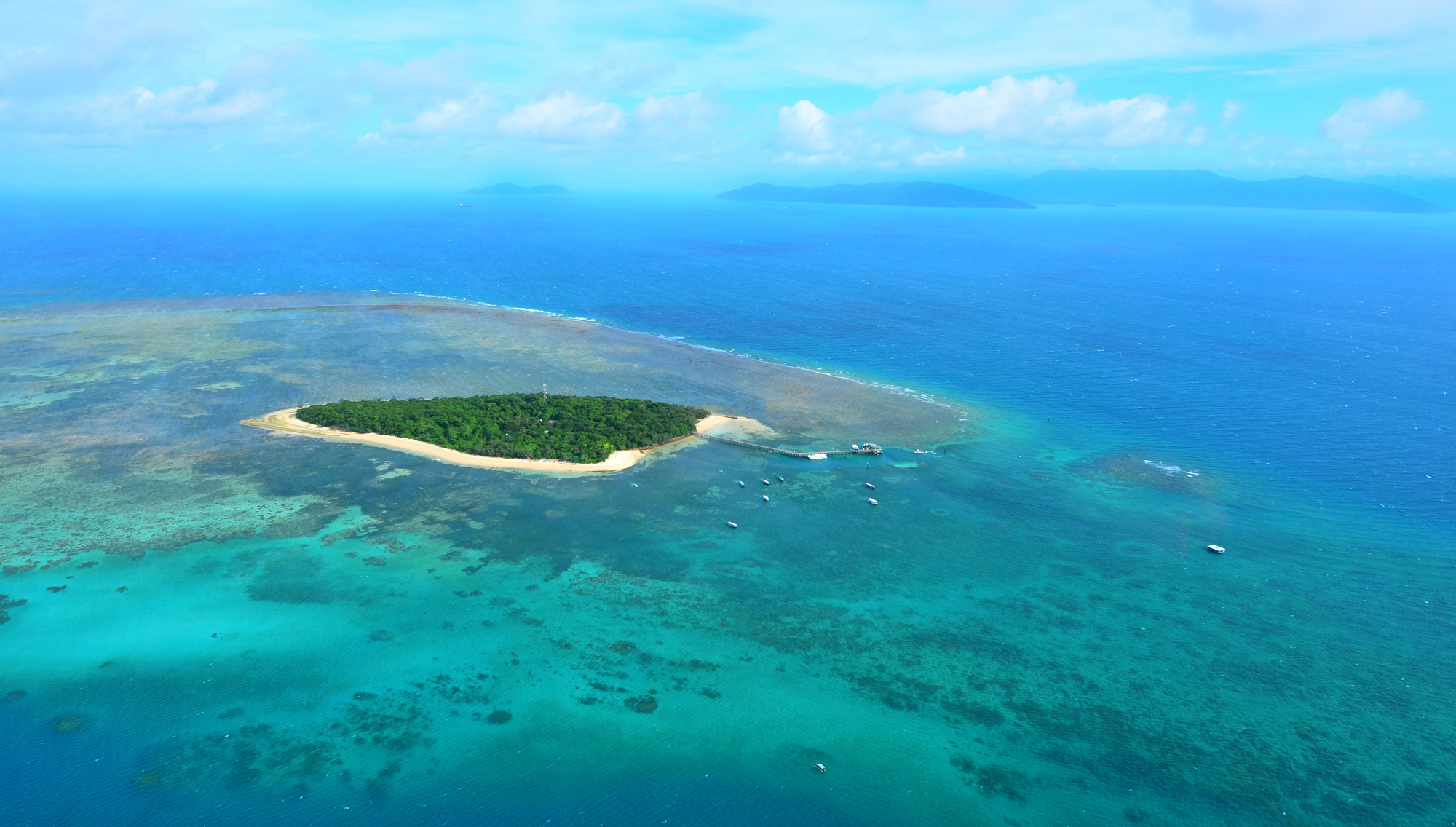
Australia’s underwater treasure spans over 1,400 miles and houses the world’s largest coral reef ecosystem. Visitors can witness conservation efforts firsthand through reef restoration programs and citizen science initiatives that monitor coral health.
The marine park authorities have implemented strict regulations to ensure sustainable tourism, including limited visitor numbers and designated swimming zones to minimize human impact.
Costa Rican Cloud Forests

Monteverde and Santa Elena preserve some of the most biodiverse ecosystems on Earth, where misty forests capture moisture directly from clouds. Many lodges operate with minimal environmental footprints, using renewable energy and supporting local conservation programs.
Entrance fees from these reserves directly fund preservation efforts and environmental education for both tourists and local communities.
Galápagos Islands

These Ecuadorian islands famously inspired Darwin’s theory of evolution and continue to showcase remarkable examples of adaptation and biodiversity. Strict visitor controls and guided tours ensure minimal disruption to the extraordinary wildlife, including giant tortoises, marine iguanas, and blue-footed boobies.
The Galápagos National Park directs tourism revenues toward scientific research and habitat restoration, making your visit an investment in conservation.
Fjordland National Park

New Zealand’s largest national park encompasses dramatic fjords carved by ancient glaciers, with Milford Sound as its crown jewel. The park maintains dark sky reserves, allowing visitors to experience star-filled nights unmarred by light pollution.
Local tour operators emphasize ‘leave no trace’ principles and often incorporate Māori cultural perspectives on environmental stewardship.
Torres del Paine
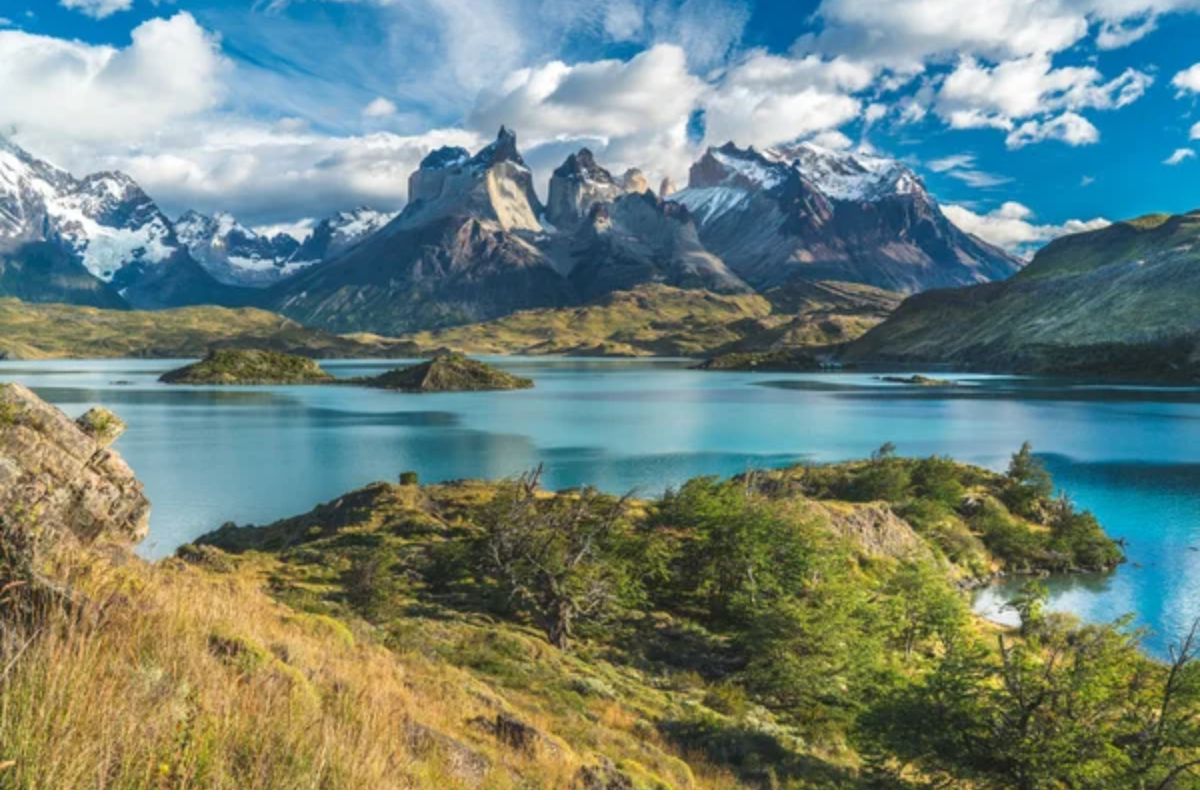
This Chilean national park in Patagonia features soaring granite peaks, azure lakes, and expansive ice fields that demonstrate nature’s grandeur. The park has pioneered reforestation programs to restore areas damaged by past wildfires, with visitors often invited to participate.
Many lodges operate on renewable energy and practice water conservation, even in one of the world’s most remote locations.
Great Green Wall Initiative

This ambitious African-led project aims to create a 4,970-mile natural wonder across the width of Africa to combat desertification. Visitors can participate in tree-planting exercises and sustainable agriculture projects in countries like Senegal and Ethiopia.
Communities along the project route are developing ecotourism opportunities that provide economic alternatives to activities that contribute to land degradation.
Alaska’s Tongass National Forest
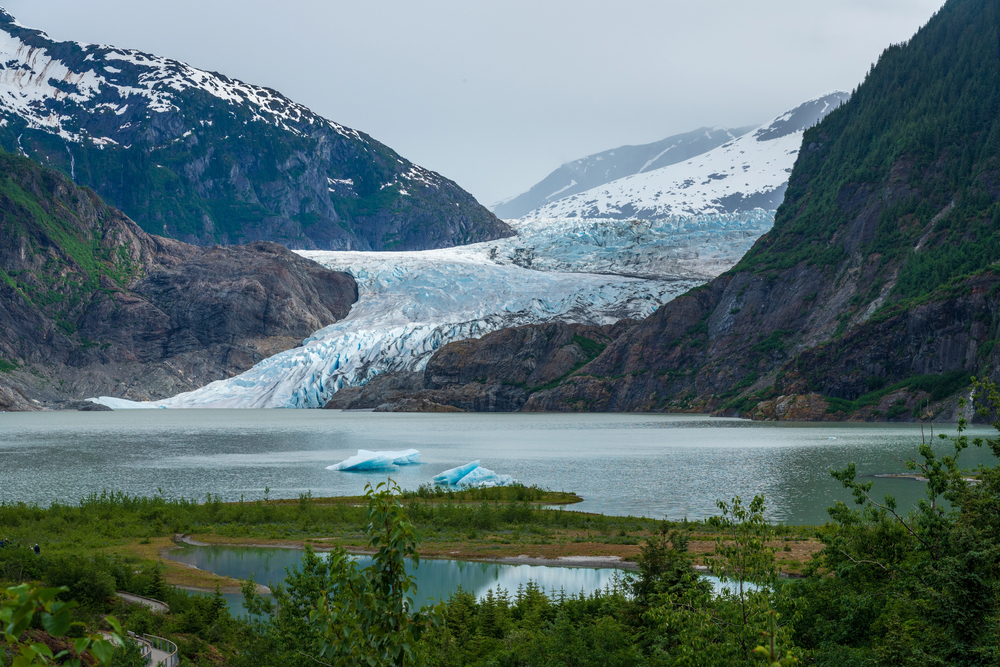
America’s largest national forest contains rare temperate rainforest ecosystems and serves as a critical carbon sink. Guided tours highlight the forest’s role in climate regulation and support for indigenous communities that have sustainably harvested from these lands for generations.
Conservation organizations offer volunteer opportunities for visitors to assist with trail maintenance and wildlife monitoring in this pristine wilderness.
Kerala’s Backwaters

India’s network of lagoons, lakes, and canals along the Malabar Coast represents harmonious coexistence between humans and nature. Traditional houseboats have been updated with solar power and waste management systems to maintain the fragile ecosystem.
Local villages demonstrate sustainable fishing practices and water conservation techniques that have preserved this environment for centuries.
Serengeti National Park

Tanzania’s iconic savanna hosts the world’s largest terrestrial mammal migration and exemplifies successful conservation in the face of poaching threats. Safari companies increasingly employ local guides and contribute to anti-poaching efforts through tourism dollars.
The park’s management model balances tourism, research, and wildlife protection in ways that benefit local communities and preserve biodiversity.
Sian Ka’an Biosphere Reserve

This Mexican protected area on the Yucatán Peninsula combines coral reefs, wetlands, and tropical forests in a UNESCO World Heritage site. Local Maya communities lead tours that integrate traditional ecological knowledge with modern conservation science.
The reserve demonstrates how protected status can preserve both natural and cultural heritage through sustainable tourism practices.
Bwindi Impenetrable National Park
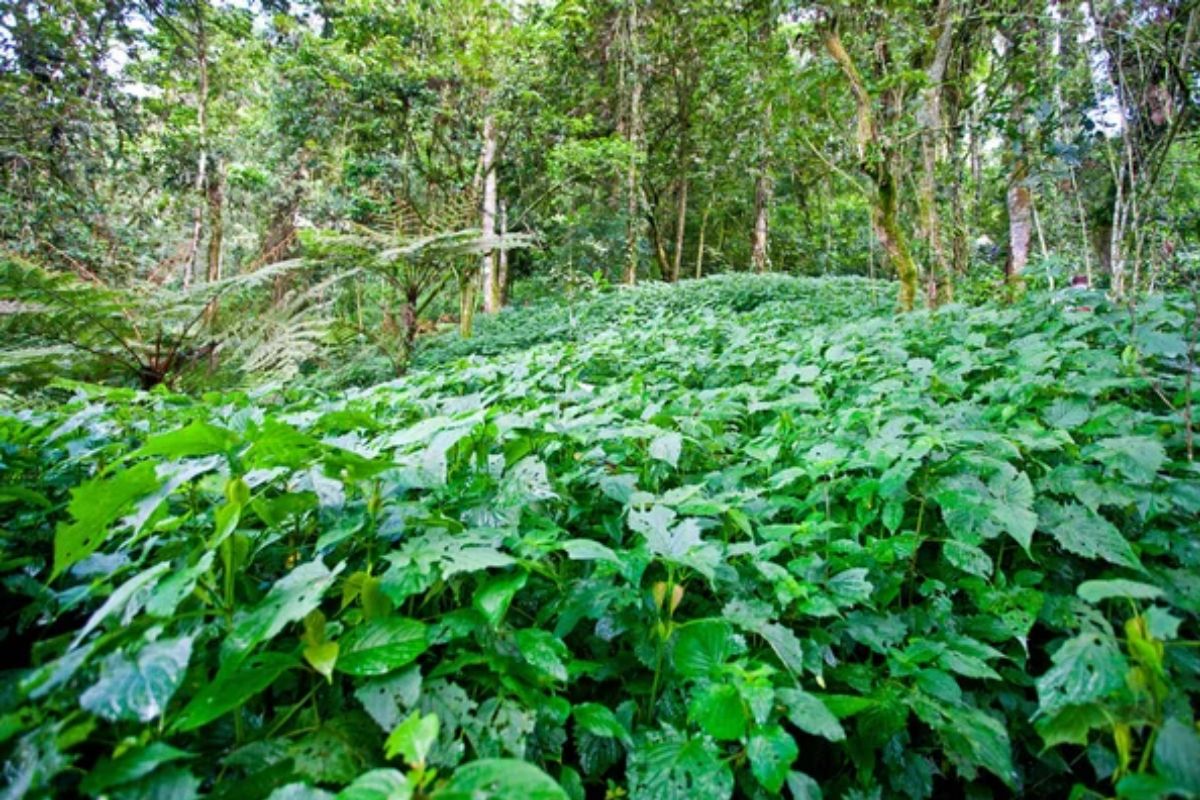
Uganda’s mountain gorilla sanctuary allows carefully managed encounters with these endangered primates while funding their protection. Gorilla trekking permits direct support for conservation efforts and provides employment for former poachers as guides and trackers.
The surrounding communities benefit from tourism through infrastructure development and educational opportunities that further conservation goals.
Azores Archipelago
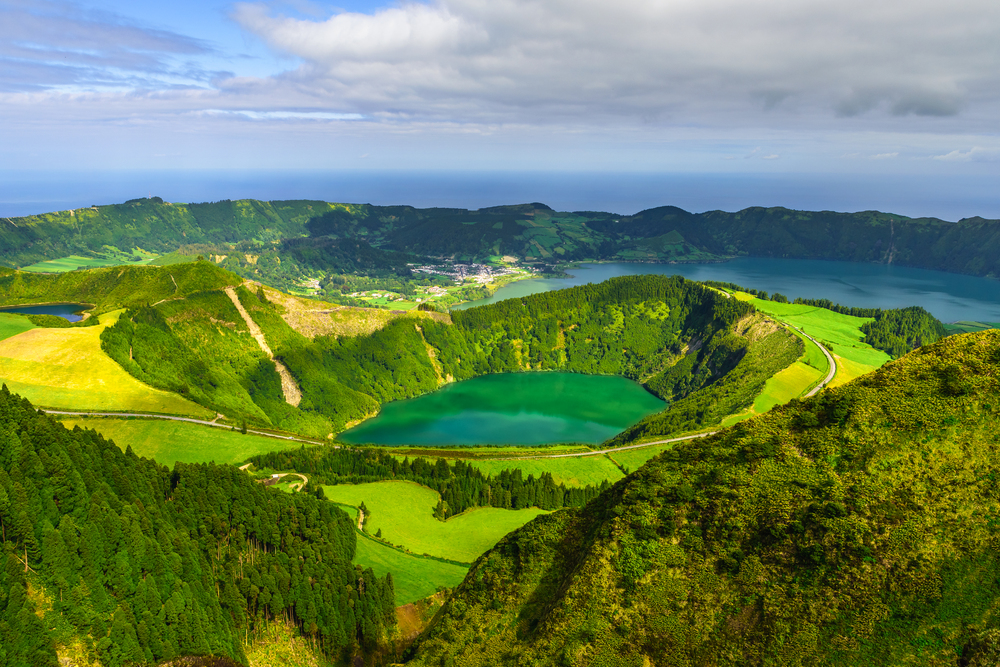
Portugal’s volcanic islands in the mid-Atlantic have pioneered renewable energy and sustainable agriculture. The islands generate nearly 40% of their electricity from geothermal and wind sources, offering visitors insights into clean energy transitions.
Marine protected areas around the islands support responsible whale watching that contributes to ongoing cetacean research.
Namib Desert
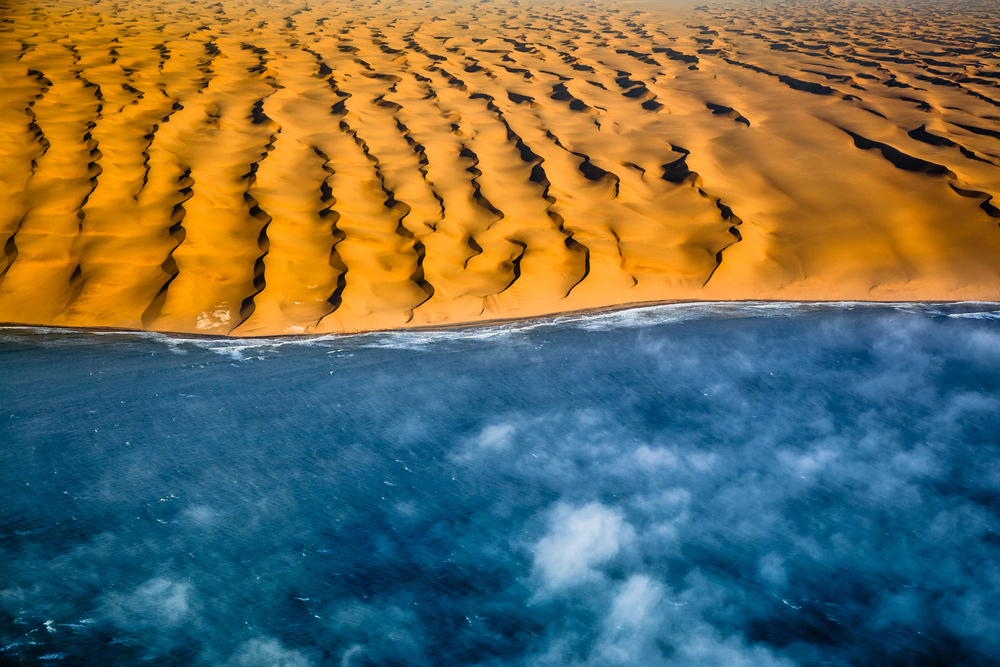
This ancient Namibian desert contains some of Earth’s oldest dunes and demonstrates remarkable adaptations to extreme conditions. Eco-lodges operate with minimal water usage and often generate their solar power in this harsh environment.
Guided tours emphasize the desert’s fragile ecology and the importance of preserving these seemingly barren landscapes that actually teem with specialized life.
Białowieża Forest

This primeval forest straddling Poland and Belarus contains Europe’s largest remaining old-growth woodland and famous bison herds. Carefully managed tourism helps fund the protection of trees that have stood for centuries and wildlife that has disappeared from most of Europe.
Scientists use this forest as a living laboratory to understand how undisturbed ecosystems function and provide ecosystem services.
Lord Howe Island

This remote Australian island limits visitors to 400 at any time to protect its unique biodiversity and reef systems. The island has eliminated most invasive species and maintains strict biosecurity to preserve its endemic plants and animals.
Community-led sustainability initiatives include a solar power plant and an extensive waste recycling program that approaches zero landfill goals.
Banff National Park

Canada’s oldest national park demonstrates how tourism and conservation can coexist through careful planning and wildlife corridors. The park pioneered the use of highway overpasses and underpasses that allow safe animal migration across human infrastructure.
Visitor centers showcase climate change research being conducted in the park’s glacial environments and alpine ecosystems.
Maasai Mara National Reserve

Kenya’s portion of the Serengeti ecosystem represents community-based conservation that benefits both wildlife and local people. Conservancies around the reserve create buffer zones where sustainable grazing practices complement wildlife protection efforts.
Tourism provides alternatives to traditional cattle ranching and funds community development projects that reduce pressure on natural resources.
Raja Ampat
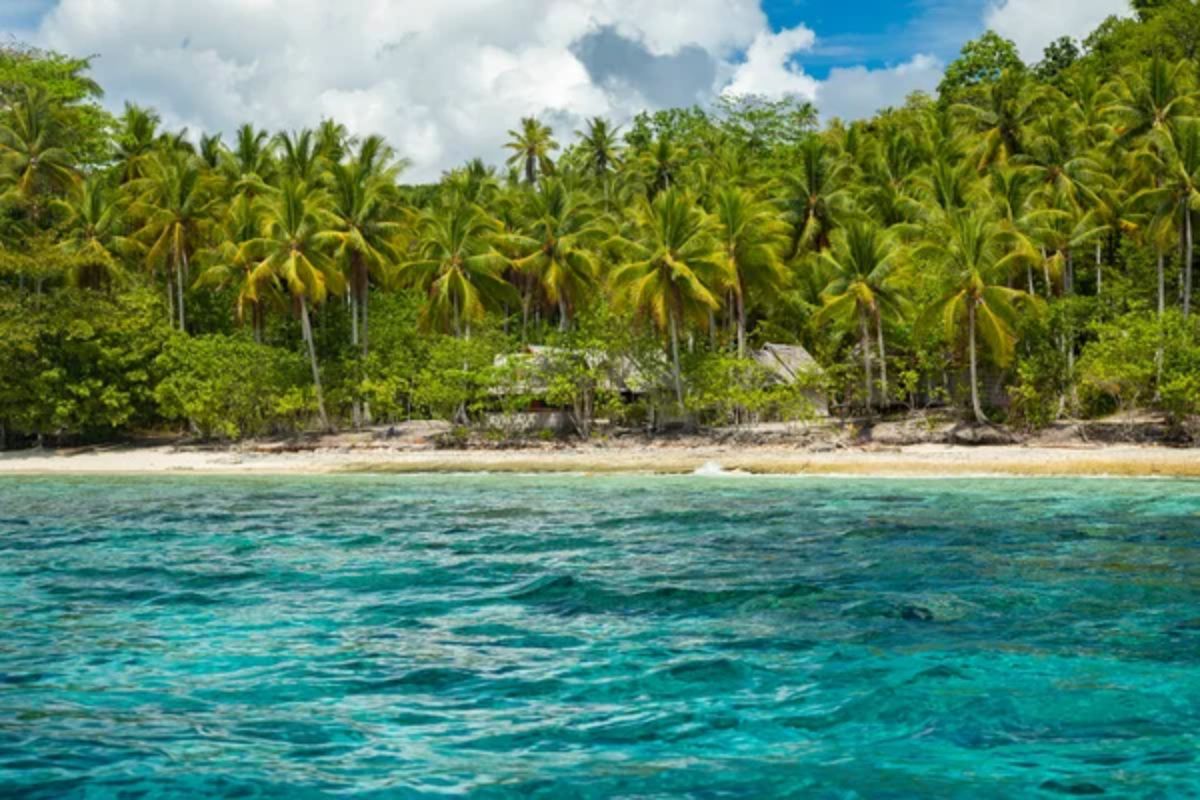
Indonesia’s remote archipelago contains the world’s highest marine biodiversity and community-led conservation initiatives. Local regulations prohibit destructive fishing practices and establish no-take zones that allow marine populations to recover and flourish.
Diving fees directly support conservation programs, including coral restoration and community education about sustainable resource management.
Monteverde Cloud Forest
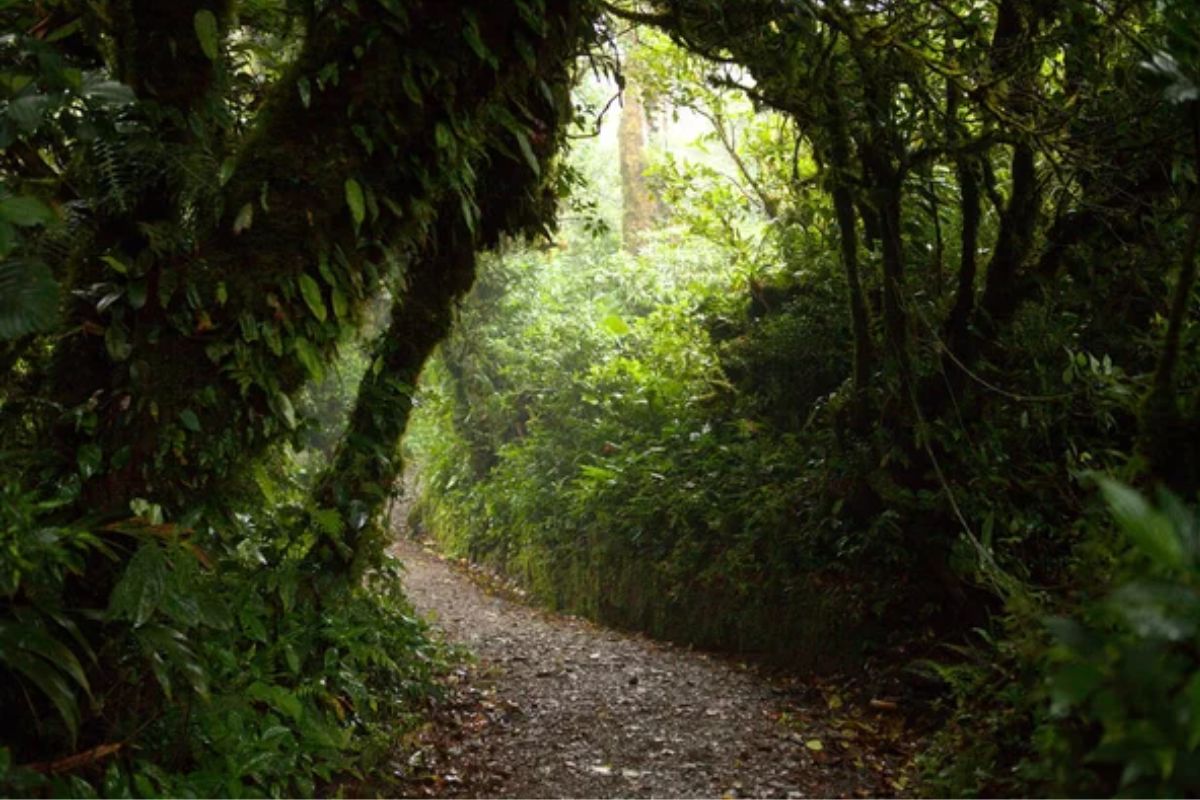
Costa Rica’s famous reserve showcases successful ecological restoration and environmental education programs. The reserve began as a Quaker community initiative and has expanded through strategic land purchases funded partly by ecotourism.
Canopy walkways allow visitors to experience the forest from different perspectives while minimizing ground-level impact on sensitive ecosystems.
Antarctica

The Earth’s last great wilderness offers profound lessons about global climate systems and international cooperation for conservation. Strict international treaties govern tourism, with visitors following detailed protocols to prevent contamination of this pristine environment.
Scientific research stations welcome visitors to learn about climate monitoring and the continent’s crucial role in Earth’s weather patterns.
Planet’s Greatest Classrooms

These destinations serve as more than vacation spots—they function as living classrooms that demonstrate environmental challenges and innovative solutions. By visiting with awareness and purpose, travelers contribute to conservation efforts while gaining a deeper appreciation for Earth’s remarkable systems.
The true value of these experiences extends far beyond the journey itself, as travelers return home with renewed commitment to environmental stewardship and practical knowledge about sustainable living that honors the spirit of Earth Day every day.
More from Travel Pug

- Cities Growing so Fast You Won’t Recognize Them in 10 Years
- 13 Destinations Where Tourists Regularly Regret Their Trip
- 16 U.S. Cities That Are Quietly Becoming Travel Hotspots
- Where to Travel If You Love Long Bus Rides and Daydreams
- 20 Cities Perfect for Solo Travelers Who Crave Adventure & Culture
Like Travel Pug’s content? Follow us on MSN.
